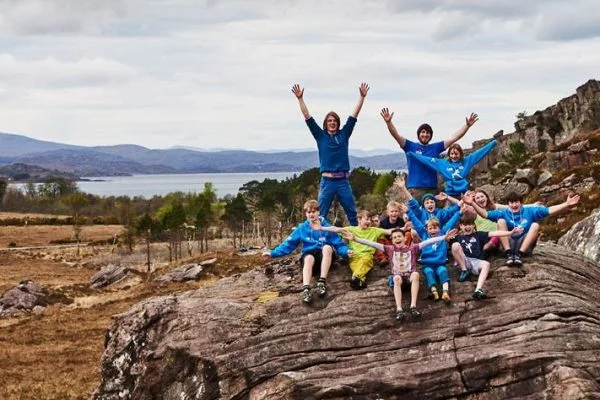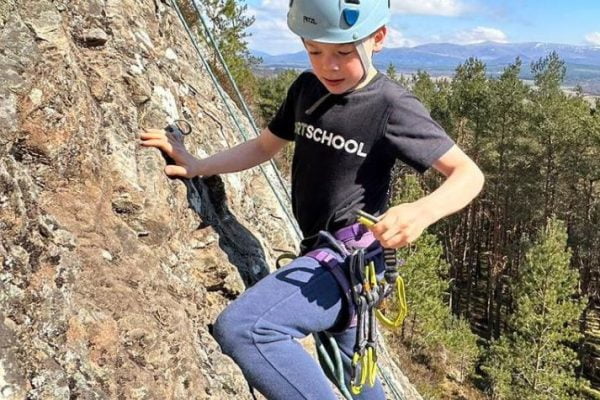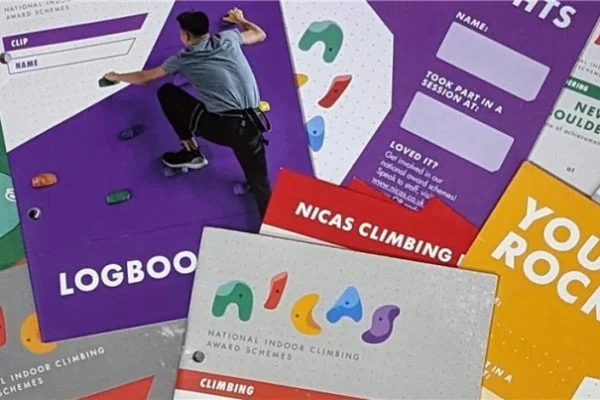Climbing is one of the fastest growing recreational activities in Scotland and, with sport climbing now an Olympic sport, there has never been a better time to get started and give it a go.
Scotland is ideally placed for budding climbers, with indoor climbing walls in most major towns and cities, plus a fantastic array of boulders, crags and cliffs on our mountains and coast to progress towards.






